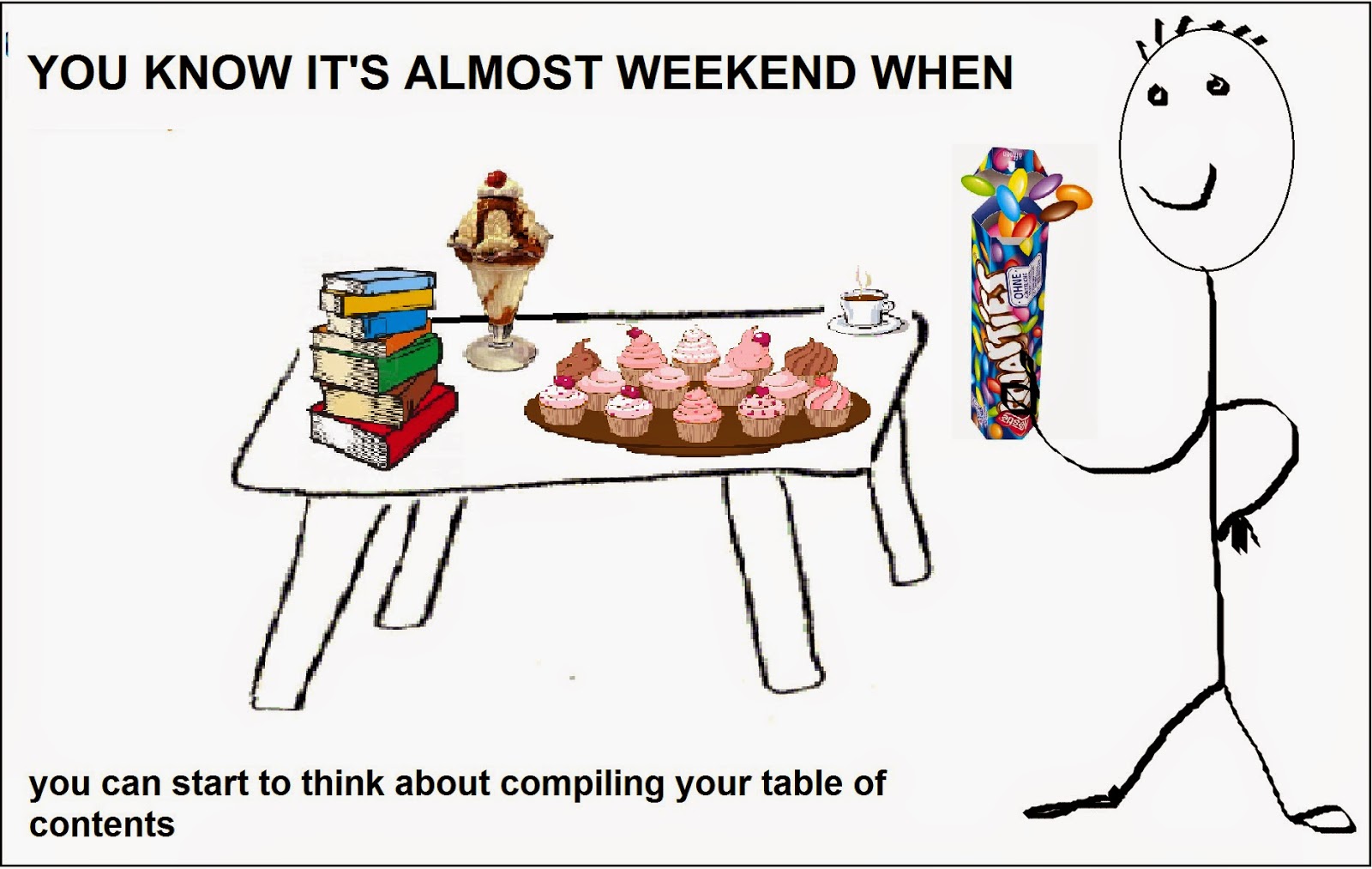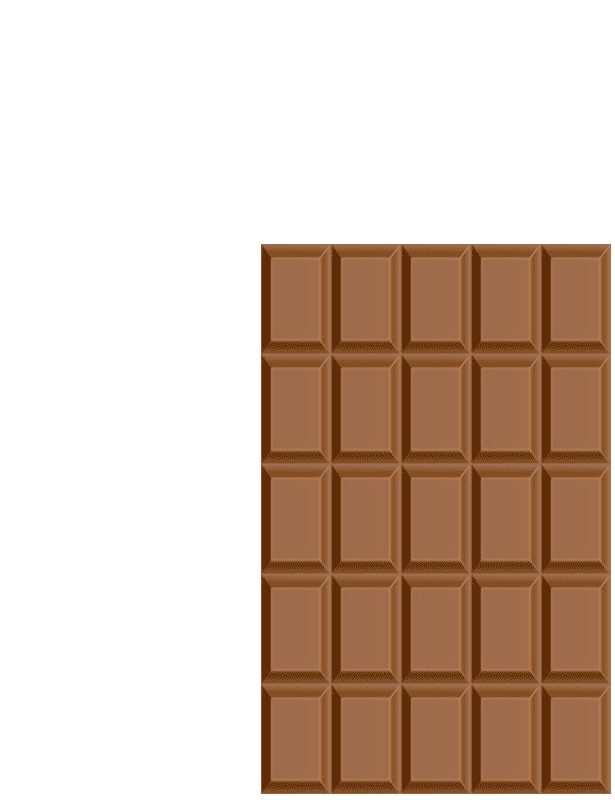A Dome, a Man, a Watering Can
This post continues the theme of monuments.
The Mandela Capture site monument
is one of the most remarkable sculptures in our country, a fitting artistic tribute
to a remarkable person. The JD Strijdom monument on the Strijdom Square in
Pretoria, in stark contrast, was without doubt one of the most monstrous,
unimaginative structures ever erected here or elsewhere. It was designed as an
edifice to a former president of South Africa, Johannes Gerhardus (JD) Strijdom,
an avid proponent of segregation
and key architect of apartheid during the 1950s.
I was
sentenced to serve 16 years of my youth living in Pretoria, and wholeheartedly
despised this monumental waste of space in the city - there could have rather been a wonderful acre
of living space covered in soft green, luscious grass for stressed workers to meadowtate
in under leafy Acacia trees during
lunch hours, with clear trout-filled artificial streams bubbling gently past, fish eagles soaring and
calling above the verdant square.
Instead, there was this…
… A gargantuan and disembodied
bust of the man connected to a plinth by a mere pinprick of a neck but protected
by a massive concrete overarching dome.
Had I
joined MK (Umkhonto weSizwe) - the armed
resistance movement of the ANC fighting apartheid – I would have asked to
undertake just one mission: the complete destruction of this grotesque sculpture,
dome and all, and its replacement by a grassy oasis.
Toppling the head with a
judiciously placed explosive charge would have been easy. Bringing down the massive
concrete dome, not so.
Or so I thought…
At 4.40 am on 31 May 2001, exactly 40 years
after South Africa was declared a Republic, there was a thunderous rumble, and
the whole monument simply, and completely mysteriously, collapsed; the head disappeared as if into a sinkhole, disintegrating into several pieces.
But recently I’ve learned the real truth,
the thrilling denouement to the mysterious saga, revealed exclusively to me by
a trusted source – an expert in concrete engineering, Andrew Mackellar.
Andy Mackellar personally relates:
“For
aesthetic reasons the architect wanted the concrete shell [covering and
protecting the bronze head] to be as thin as possible. In order to make this
structurally possible the concrete was cast with carefully located ducts
through the concrete after the concrete had hardened the steel cables in the
ducts were tensioned placing a compressive force on the entire concrete shell.
This is a technique known as posttensioning – and is a method widely used by
civil engineers. Concrete performs well in compression and the taught steel
cables although placing more load on the concrete actually results in a more
stable structure.
Each of the post tensioning
steel cables was anchored into the concrete of the dome, while the other end
came out at one of the three supporting feet. The exact numbers and locations
of the cables as well as the tension that must be placed on the cables are
carefully chosen by the structural engineer. After the concrete is hardened the
steel cables are then tensioned using a hydraulic jack, the cable is then held
in place by means of a steel wedge. So at each of the feet of the dome all the
emerging cables were tensioned, wedged and covered up to hide this messy
arrangement from the public eye.
Around the feet of the dome
were flower beds and fountains.
Concrete is unexpectedly a
porous material. And as the years past the water from the fountains and the
water from vigorous watering of the flower beds by overzealous municipal parks
officials slowly seeped into the concrete of each of the dome’s feet…
… Inevitably this water then
met with the ends of the posttensioning cables, where they emerged from their
protective ducts to be locked off by wedges. And this is where the corrosion
set in; rust slowly eating its way through the steel tendons.
As the rust eats away at the
steel its cross section is reduced. The remaining steel then has to carry the
tensile force. As the rust eats deeper and deeper the area of steel gets less
and less. As the force on the cable remains the same the stress in the
remaining steel must increase.
Because posttension cables
are stretched almost to their limit the rust didn’t have to eat very far before
one by one these cables began to snap.
And thus on the morning 31
May 2001 the dome could no longer support itself and the law of gravity was
fulfilled.
For many years, in the very
centre of Pretoria, under the noses of the security police, enemies of the
state were performing the subversive act of watering the garden.”
______________________________________
Postcript: Sadly, no grassy
meadow luxuriantly grows nor Fish Eagle majestically cries at the Strijdom
Square today. Cement still reigns.















































